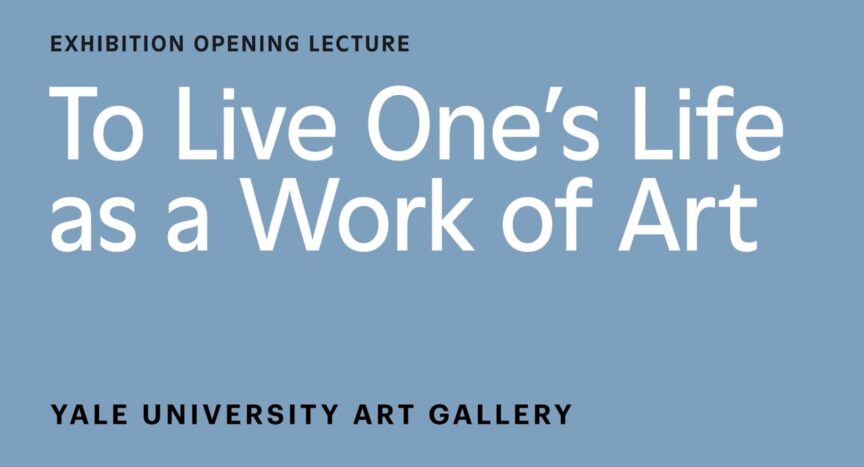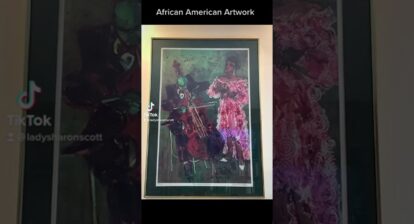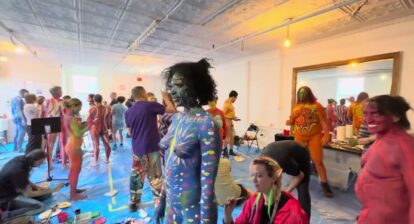In the closing decades of the 19th century, artists like John Singer Sargent, Edwin Austin Abbey, and Augustus Saint-Gaudens created drawings and sketches that hearkened back to the Italian Renaissance. The men depicted in these studies exist as descendants of Michelangelo’s muscular figures, while the women have been transformed into spiritualized and ethereal beings. The question is, Why this interest in idealizations of the human figure? Can an art that draws its inspiration from the past—from an earlier era in love with the heroic human form—address the urgent questions of urbanization, industrialization, and racial division confronting it in the present? Can drawings and figure studies, however exquisite, defeat the commercialization of everyday life? Join Bryan J. Wolf, Jones Professor in American Art and Culture, Emeritus, Stanford University, in exploring the answer, which lies, rather unexpectedly, in the hidden ties among art, taste, and class in Gilded Age America.
This lecture accompanies a preview of and opening reception for the exhibition The Dance of Life: Figure and Imagination in American Art, 1876–1917. Generously sponsored by the Oswaldo Rodriguez Roque Lectureship Fund.
Major support for The Dance of Life: Figure and Imagination in American Art, 1976–1917 is made possible by the Henry Luce Foundation, with additional support provided by the Wyeth Foundation for American Art.







